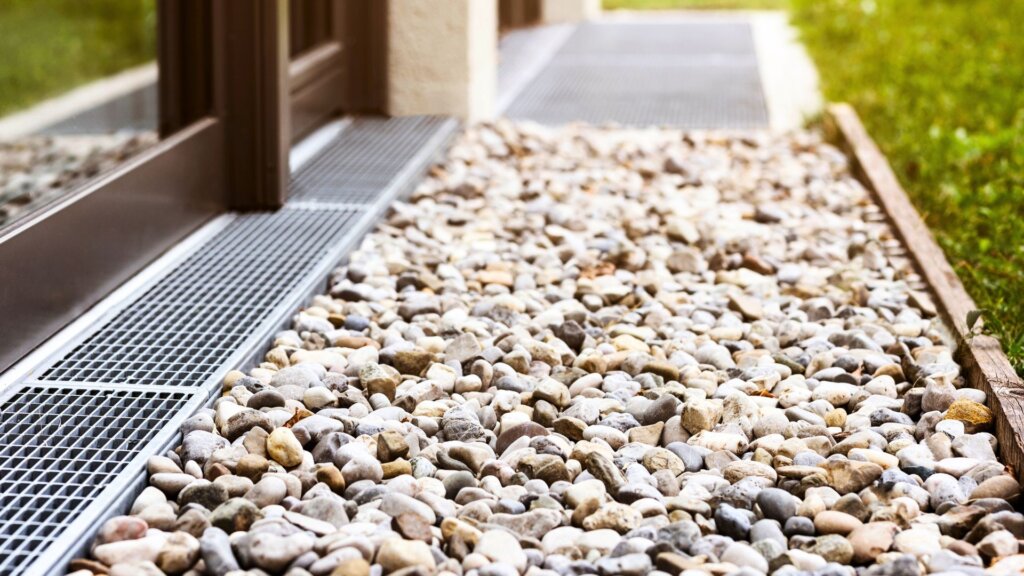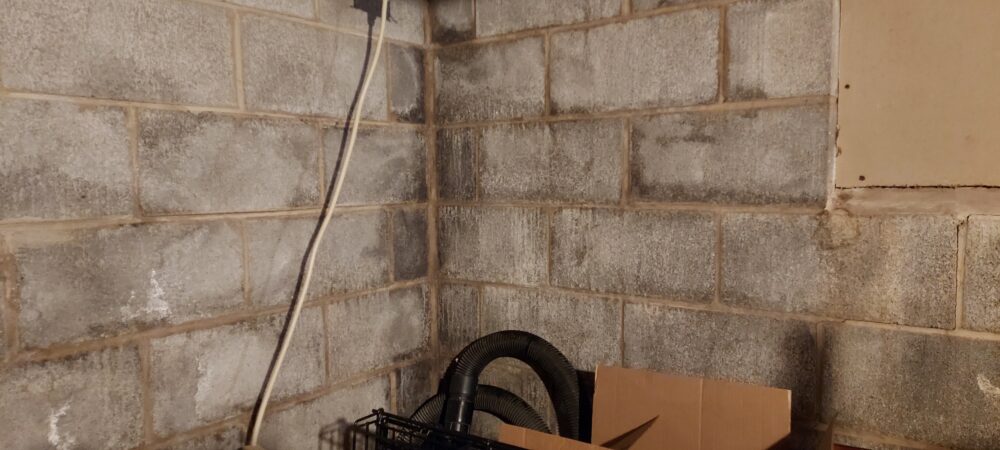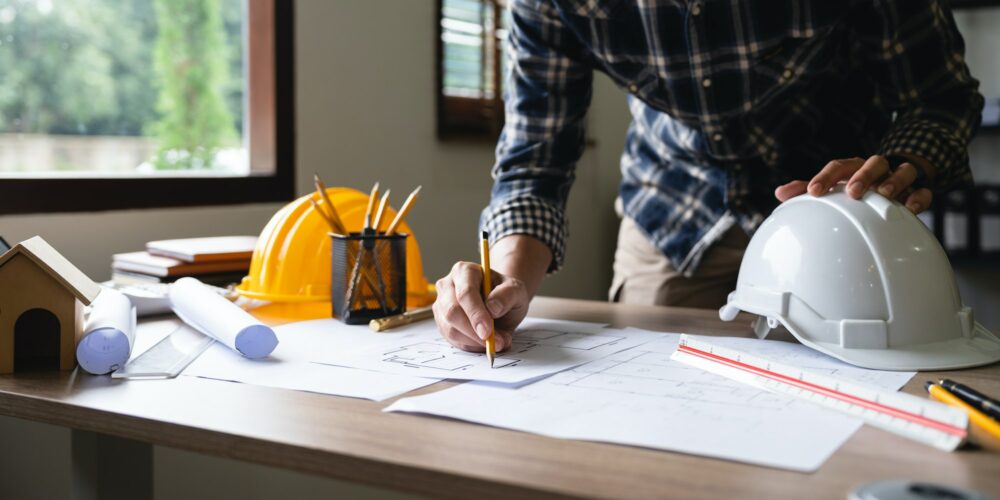
Explore the effective use of a French drain system for basement waterproofing. Understand what a French drain is, its benefits, how to install it, and maintenance tips. Learn about its costs, potential issues, and how it can protect your basement from water damage.
Water issues in your basement can be a major concern for homeowners, often leading to costly damages and repairs. One of the most efficient ways to tackle this problem is by utilizing a French drain system. Let’s delve into what exactly a French drain is, its benefits, and how it can be installed to waterproof your basement.
Understanding the French Drain System for Basements

What is a French Drain and Its Purpose?
A French drain is a drainage system primarily designed to redirect water away from areas where it could cause damage. It typically consists of a trench filled with gravel or rock and contains a perforated pipe that transports the water away from your home. Its primary purpose is to prevent groundwater or surface water from penetrating and damaging the foundation walls of your home.
Why Install a French Drain in a Basement
Installing a French drain in your basement can be a beneficial move to prevent water intrusion. If your basement is prone to flooding or wetness, a French drain can help by directing water away from your home, thus keeping your basement dry. Additionally, it aids in reducing hydrostatic pressure against the basement floor and walls, which helps in preventing water leakage and structural damage.
French Drain System Components
A basic French drain system comprises a perforated pipe, trench, gravel or rock, and a sump pump or storm drain. The perforated pipe allows water to enter the system, while the gravel or rock filters debris and aids in directing water into the pipe.
Interior vs. Exterior French Drains
French drains can be installed either internally or externally. An interior French drain is placed inside your basement and is typically used to combat water that seeps into the basement. On the other hand, an exterior French drain is installed around the perimeter of your home’s foundation, acting as a barrier to stop water from entering your basement.
Perimeter and Footing Drains: How Do They Differ?
While both perimeter drains and footing drains serve the same purpose of redirecting water away from the foundation, their installation process differs. Perimeter drains, often synonymous with French drains, are installed around the perimeter of your house, either inside or outside the basement. In contrast, footing drains are installed around the footing of your home’s foundation, typically during the home’s construction.
Step-by-Step French Drain Installation Process

Planning Your French Drain System
Before you install a French drain system, you need to assess the water issues in your basement and identify the best place for your drain. You need to plan the route for your drain line that will effectively redirect the water away from your home.
Excavating and Preparing the Trench
Using a jackhammer or shovel, a shallow trench is dug along the chosen route. This trench needs to be deep enough to house your drain pipe and gravel.
Installing the Drain Pipe and Gravel
Once your trench is prepared, a perforated drain pipe is laid down, and the trench is filled with gravel or rock, allowing water to flow through.
Connecting the System to a Sump Pump or Storm Drain
The French drain system is then connected to a sump pump or storm drain, ensuring that the collected water is effectively discharged away from the foundation of your home.
Backfilling and Restoring Your Landscape
The final step involves backfilling any remaining trench space with soil and restoring the landscape. This ensures that your yard returns to its original state, with the French drain system effectively hidden underground.
How to Waterproof Your Basement with a French Drain
Basement Waterproofing Solutions
Basement waterproofing is a critical task for any homeowner wanting to prevent water damage and maintain the structural integrity of their house. While there are several waterproofing solutions available, a French drain remains a popular and effective choice.
Preventing Water Intrusion With a French Drain
A French drain is specifically designed to prevent water intrusion into your basement. It does this by rerouting water away from your foundation, ensuring that your basement remains dry and protected from potential water damage.
Keeping Your French Drain System Properly Maintained
To ensure that your French drain system works effectively, it is essential to keep it clean and well maintained. Regular checks for clogs and damages can help prevent water pooling and ineffective drainage.
Addressing Hydrostatic Pressure and Basement Water Damage
Hydrostatic pressure is a common cause of basement water damage. By effectively rerouting water away from your basement, a French drain reduces this pressure, helping to prevent basement water damage.
Combining French Drains With Other Waterproofing Methods
While a French drain is an effective method on its own, it can also be combined with other basement waterproofing methods for added protection. This includes the use of water-resistant paints, installing a sump pump, and waterproofing the exterior of your foundation.
Costs and Factors to Consider for French Drain Installation
Materials and Equipment Needed
The primary materials needed for a French drain include a perforated pipe, gravel or rock, and a sump pump or storm drain. Tools needed for excavation and installation might also factor into the overall cost.
Labor Costs and Hiring Professionals
While a French drain can be a DIY project, it can be a complex and time-consuming task. Therefore, many homeowners choose to hire professionals to ensure proper installation. The labor costs can vary depending on the complexity of the project.
French Drain Installation Cost Estimates
The cost to install a French drain depends on various factors, including the length and depth of the trench, the cost of materials, and labor costs. The national average cost for a French drain installation ranges between $2,800 to $6,500.
Do-It-Yourself vs. Professional Installation
While a DIY installation can save you on labor costs, it might end up costing more if not done correctly. Professional installation by experts, such as Roofers of Rome LLC, ensures that your French drain system is correctly installed and effectively waterproofs your basement.
Additional Basement Waterproofing Measures
Aside from installing a French drain, you might also need to consider other waterproofing measures such as sealing any foundation cracks, installing a sump pump, or waterproofing the exterior of your foundation.
Common Issues, Troubleshooting, and Maintenance of French Drains
Clogs and How to Prevent Them
Clogs in your French drain system can lead to ineffective drainage. Regular maintenance and inspections can help prevent this issue and ensure your system functions efficiently.
Addressing Water Pooling and Ineffective Drainage
If your French drain is not effectively draining water, it could be due to a clog, improper installation, or inadequate slope. It is essential to diagnose and address these issues promptly to prevent water damage.
Keeping Your French Drain System Clean and Functioning
Keeping your French drain system clean is crucial for its longevity and efficiency. Regular cleaning can prevent clogs and ensure the system drains water effectively.
Foundation Repair and Structural Concerns
In some cases, water damage might have already affected your foundation before the French drain installation. In such cases, you might need to undertake foundation repair to address any structural concerns.
Advice for Homeowners on Basement Drainage and French Drains
For homeowners, it’s important to regularly inspect your basement for any signs of water damage. A French drain system is an effective solution to prevent such damage, but it needs to be correctly installed and regularly maintained. It’s also important to remember that every home is unique, and therefore, your drainage needs may vary. Always consider professional advice to determine the best waterproofing solution for your home.
